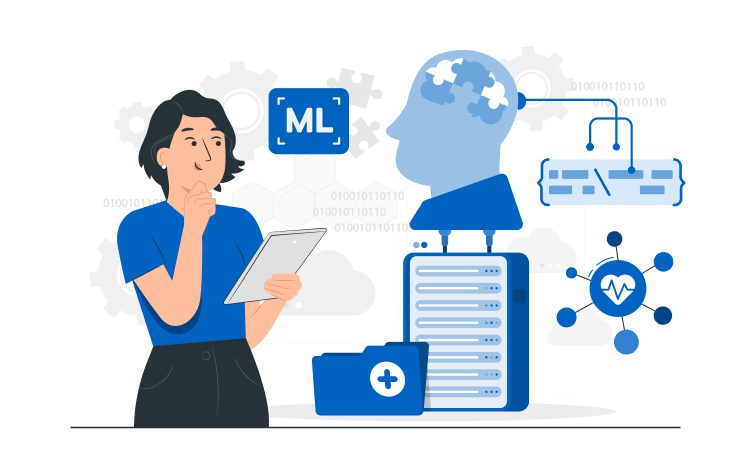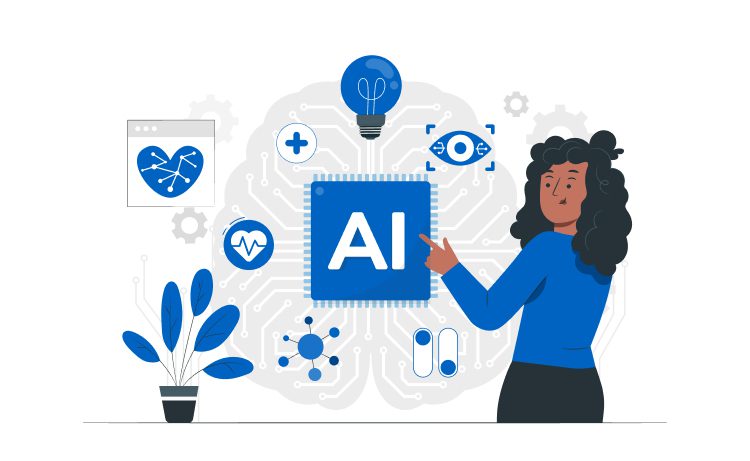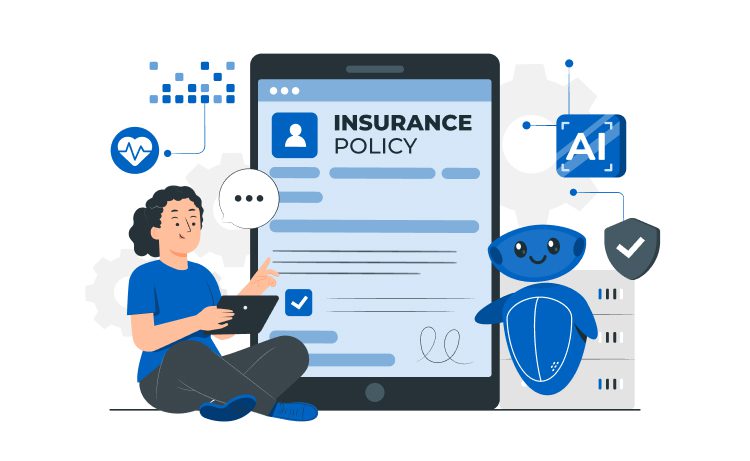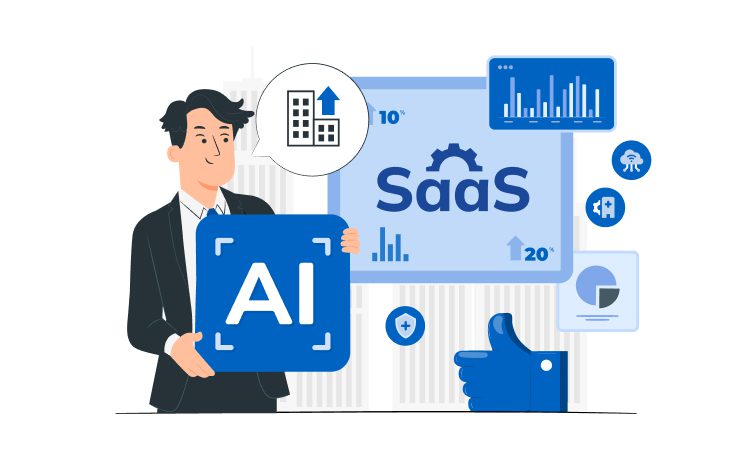
Key Barriers to Healthcare Access: How Telemedicine Can Help



Today’s world needs progressive solutions in all areas of human activity. Digital technologies have long been commonplace for trade, marketing, and entertainment, but for medicine, they are still a rarity. And although the benefits of the digital transformation of healthcare are enormous, ordinary consumers still do not realize what barriers to healthcare telemedicine are designed to solve.
According to a study by Statista, there are 2.6 physicians per 1,000 clinic clients in the US, which is insignificant given the current health problems of the vast majority of Americans. In addition to huge medical expenses starting at $2,000 (according to Registered Nursing), this workload creates long waiting lists for appointments and increases the risk of contracting various diseases for everyone in them (especially true during the Covid-19 pandemic).
Telemedicine is designed to solve some barriers to healthcare access among the population of all civilized countries of the world. Glorium Tech experts conducted a study of the telemedicine market and identified the top 5 problems that can be avoided when providing healthcare services through the Internet and tele-video communications.
Content
The average cost of treatment in the US ranges from $2,000 to $12,000. Such figures are given in Registered Nursing, where statistics are broken down into age categories and geographical features. The most tangible costs are for people 65+, whose health no longer allows them to do without constant medicine support. Actually, the cost is the main problem of classical medicine. Not everyone can afford the services of a doctor or clinic, especially if a person does not have insurance.
The cost of services also includes travel expenses, the frequency of visits to doctors, and compulsory medical insurance, which is the main guarantor of the provision of high-quality and emergency care. According to the CDC, even in the age of technology, the vast majority of US citizens (84%) go to specialized institutions in person, creating queues and increasing the risk of contracting viral infections. Sometimes even a planned visit can be delayed for a month due to the constant influx of people to hospitals.

Imagine a utopian world where diseases are treated with one click, where consultations are held online, and the course of treatment is prescribed strictly according to a certain formula. Telemedicine is the very bridge that removes the main barriers to healthcare.
By reducing the cost of transport, trips to pharmacies, hospitals, and removing repeated visits from the schedule, a person can reduce the total amount spent on treatment. Also, with electronic systems, there is no need to maintain paper records, which significantly saves time and resources (wood, paper, ink, plastic) both for the enterprise and for the whole world.
According to the CDC, about 7% of those who need medical care could not receive it due to the high cost of services, transport, etc. Also, barriers to healthcare are related to logistics problems or directly to the availability of services. The main obstacle for a large part of the US population is the remoteness of clinics and hospitals. For example, according to Statista for 2020, 20.97% of the population live in villages and small towns that do not have serious health care institutions. They need to travel hundreds of kilometers to the nearest cities by personal or public transport to receive qualified medical care.
The disabled and the elderly also suffer from the need for personal visits. A long wait in line at the office exhausts even a healthy person. And the issue of logistics is critical for both categories. Public transport is rarely fully adapted to the needs of everyone at once, and a trip by private car is not available to everyone. This is where telemedicine comes to the rescue, increasing the speed and convenience of delivering services to pensioners and people with disabilities.
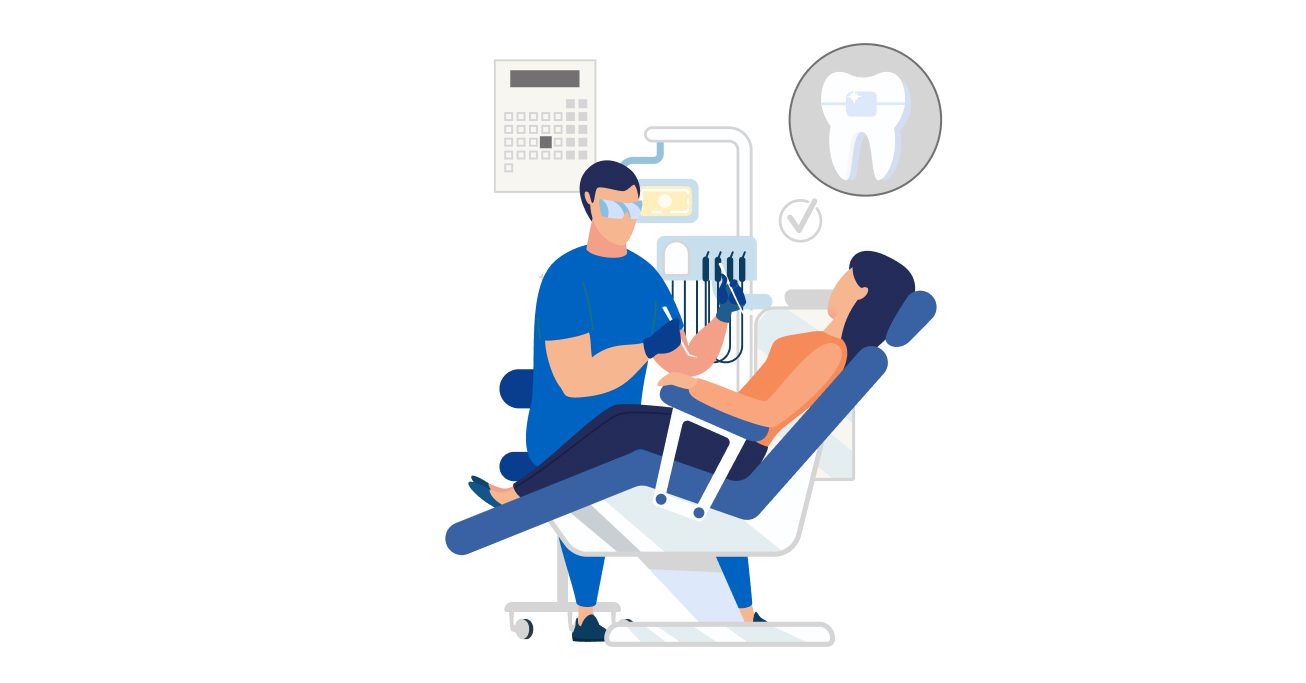
The problems of logistics and communication barriers in healthcare are solved trivially, a stable Internet connection is created with a hospital that provides services to a certain region. Imagine that there are hospitals in large cities at a distance of 200-300 km from small towns. Instead of visiting these institutions in person, citizens can simply call a doctor via video link and get a consultation. Medical personnel have access to electronic systems, so they will be aware of medical histories, contraindications, etc.
Of course, if surgery cannot be avoided or additional tests are needed, the patient will be referred to the nearest outpatient clinic or hospitalized. But diseases that do not require direct intervention, doctors recognize remotely from a description of symptoms and prescribe an effective treatment. Thus, telemedicine can reduce the number of barriers to healthcare access.
Telemedicine helps to detect the disease remotely and prescribe treatment with a subsequent visit to the doctor. After a preliminary course of medication, a person can opt-out of a visit to a remote hospital by taking the necessary tests at a nearby health post or dispensary. Of course, if a surgical intervention or an additional examination is necessary, the doctor is obliged to send the patient to the hospital or even hospitalize them in the clinic’s car.
Since the very concept of telemedicine is tied to the use of electronic document management systems, the results will be immediately available to both the doctor and the patient, which will allow:
Thanks to telemedicine and the introduction of new technologies it is possible to improve the quality of healthcare services and optimize the overall effectiveness of the medicine.
The first wearable devices and implants capable of monitoring a person’s condition 24/7 are already being tested. In conjunction with telemedicine and electronic doc systems, they will be able to issue reports on the health of all patient’s organs. The doctor, having access to the devices, can more effectively prescribe treatment remotely and monitor the client’s condition until complete recovery, prescribing new courses, hospitalizations, or issuing an extract at the end of treatment.
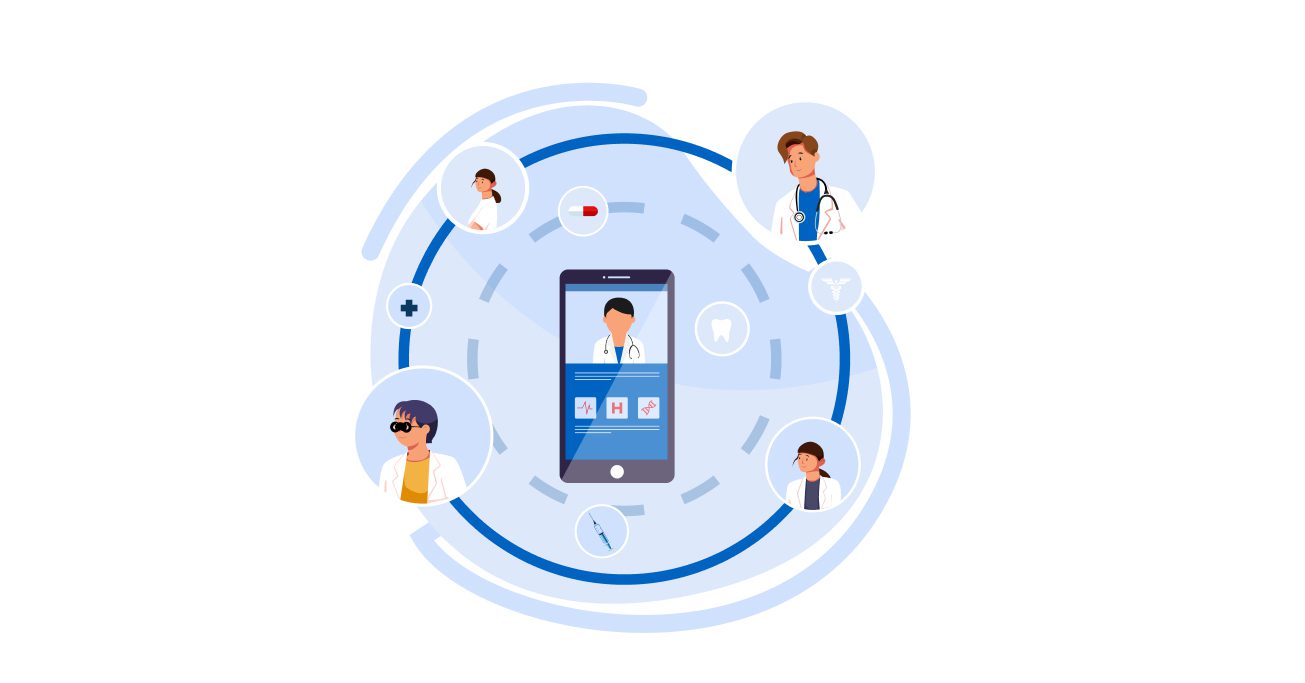
The urgency of providing medical services can sometimes save lives, especially in critical situations. Telemedicine breaks down another part of the barriers to healthcare, providing almost instant patient access to specialist services. For example, a person needs urgent help, but the ambulance does not have time to overcome the required distance. The only chance to save a person’s life is to promptly provide medical assistance in the current situation. It is clear that such actions cannot be called expert, but an experienced doctor can manage the process, supervising the work of an impromptu rescuer via video link. In any case, it is better than delayed help and a small, but a chance for salvation.
Thanks to remote consultations and treatment, a person receives help faster than a patient in a large city, while reducing the cost of logistics, insurance, and medications. Also, in emergency cases, telemedicine can save the life of the victim with the competent guidance of a specialized expert.
Telemedicine reduces barriers to healthcare and improves the quality of services generally. Through timely remote consultations and treatment, the patient can reduce the risk of recurrence or spread of the disease. It also reduces the waiting time for admission, hospitalization, or discharge. With personal medical devices and records in electronic documents, the quality of services increases, because each specialist can access information about contraindications, the characteristics of the patient’s body, or already completed courses of treatment, which will allow prescribing relevant medications and procedures.
Telemedicine is the digital transformation of most healthcare services. It increases physician efficiency and allows remote monitoring of patient care. Using this technology, you can reduce the cost of transport or insurance, improving the overall quality of care.
Telemedicine is a step forward that will open up new horizons for modern clinics and hospitals. Are you ready for such innovations? With the help of Glorium Tech experts, you will get up-to-date software for working with clients even in remote areas. We will develop the best system compatible with your electronic records. Contact our manager and transform with experts in healthcare IT solutions!


